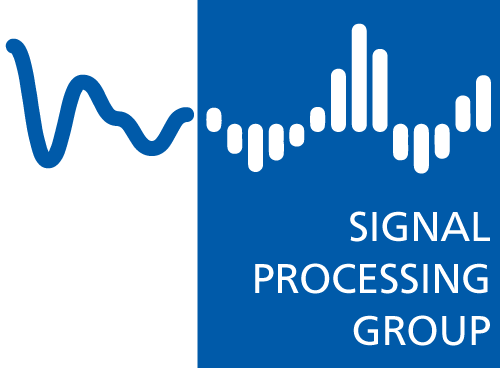Location-based service is used in a great variety of contexts, such as search and rescue operations, navigation and tracking, and location-based mobile advertising. The position information, as a key component of location-based services, needs to be acquired from different positioning systems.
One class of positioning systems is the global satellite navigation system (GNSS), which includes the global positioning system from US (GPS), Russia (GLONASS), Europe (Galileo) and China (Beidou), which are particularly suitable for outdoor positioning.
The other class of positioning systems, named as local positioning systems, are required to extend the reach of GNSS to provide position information in areas where GNSS signal cannot penetrate or in order to enhance the positioning precision of the GNSS. Similar to the satellites used in GNSS, beacons with given positions, such as base stations in cellular networks or WiFi access points in WiFi networks, are used as reference positions in local positioning systems.
The target’s position can be inferred from the position-related measurements, including angle-of-arrival (AOA), received-signal-strength (RSS), time-of-arrival (TOA) and time-difference-of-arrival (TDOA). For instance, TOA is defined as the propagation time between a beacon and a target, which is related to the relative distance between them and subsequently related to their positions.
For more information on Geolocation see the sections below or contact the respective research associates.





